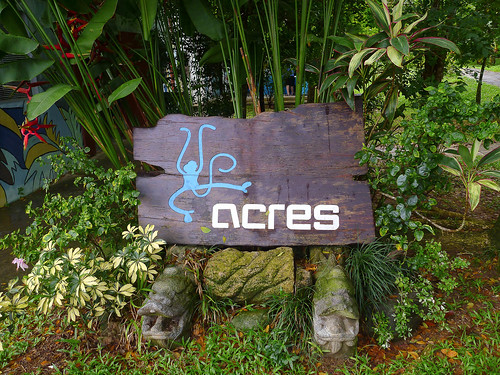
To recognise the contributions and efforts of its supporters, the Animal Concerns Research & Education Society (ACRES) organised a get-together at its headquarters at Jalan Lekar. I had a great time chatting with friends and other like-minded individuals who are concerned about animal welfare, and was glad to finally get the chance to visit the Wildlife Rescue Centre, which was opened in 2009.

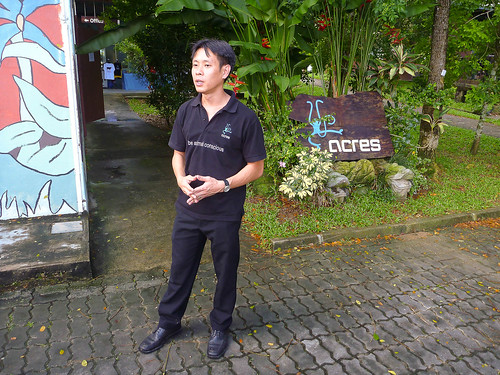
Louis Ng, the Executive Director of ACRES, brought us on a tour of the facilities.
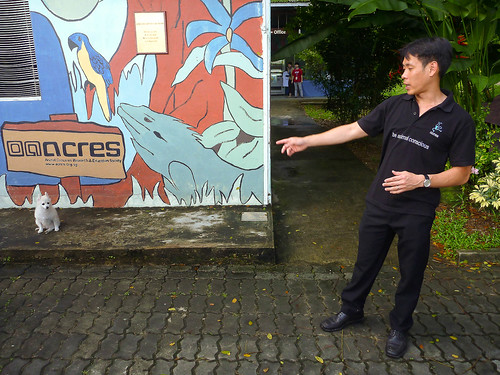
He was joined by Penni, who was rescued from a puppy mill. Despite a leg deformity, she still follows Louis around, and allowed some of us to pet and stroke her as she walked past.
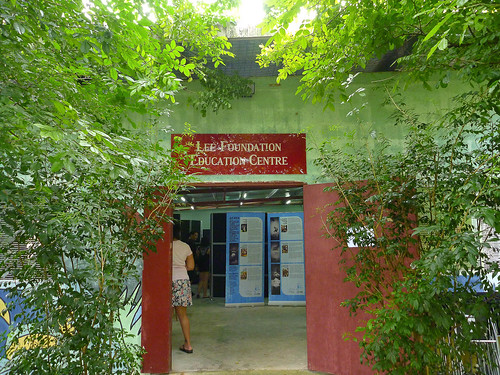
This is the Lee Foundation Education Centre, where education programmes are conducted. Much of the posters and other publicity materials from various campaigns are also on display here.
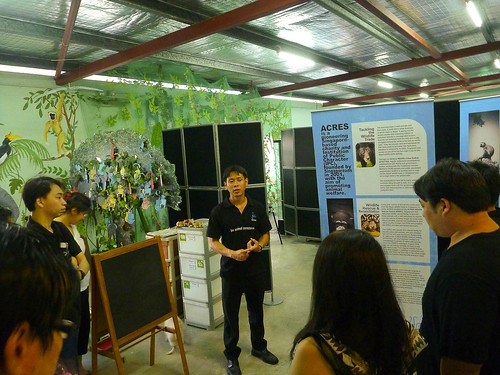
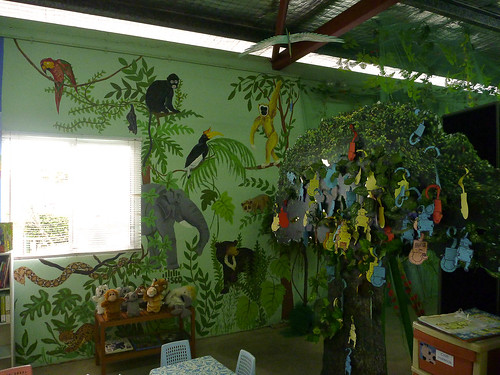
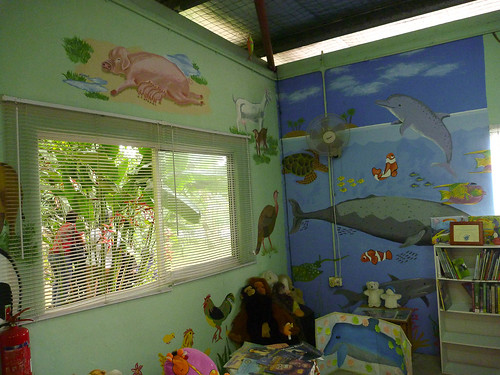
I'll let the pictures do the talking.
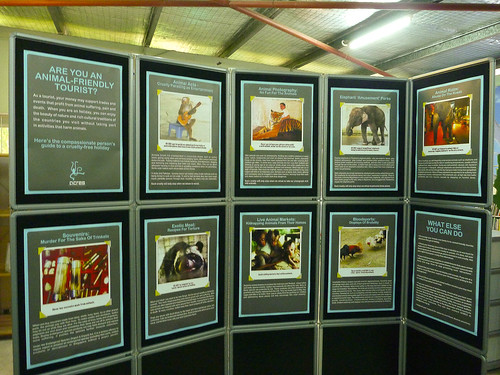
When it comes to finding things to do while you're on holiday, riding an elephant or taking photographs with a 'tame' tiger may be fun, but are you aware of the darker side of the business?

Similarly, there are circuses and even some zoos that abuse wild animals or force them to perform unnatural tricks and stunts to entertain visitors. Hardly the sort of environment to inculcate an appreciation and respect for animals.
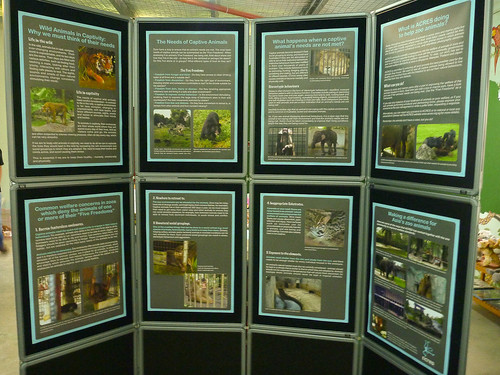
ACRES works hard to help improve the lives of animals in captive collections, both locally and in the region, and gives recommendations to ensure that the animals' needs are being adequately taken care of.
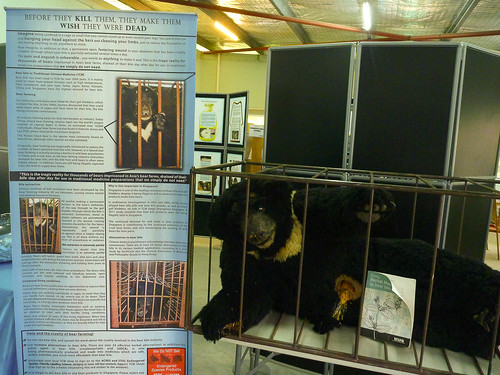
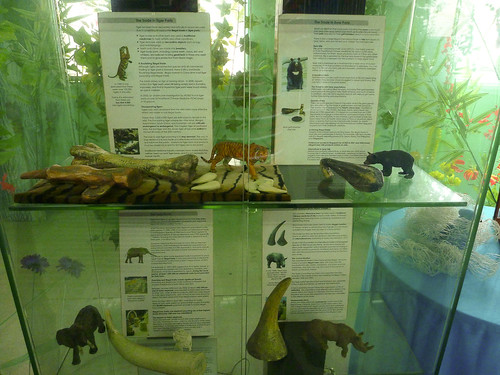
ACRES also devotes a lot of energy on eradicating the trade in illegal wildlife products, and the cruel methods often used to obtain them from wild animals. Yes, poaching of tigers for their skins and bones, or elephants for their tusks still goes on, despite decades of legislation restricting and even downright banning all international trade.
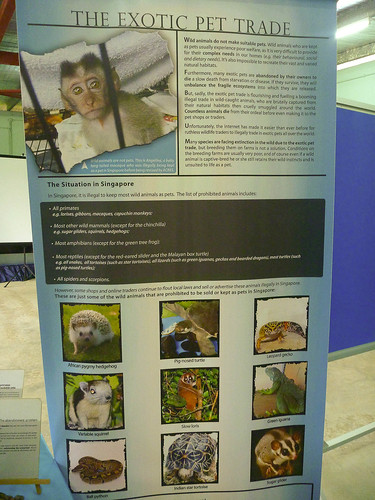
Another aspect of the illegal wildlife trade concerns the smuggling of pets, with many wild-caught animals dying as a result of the stress of capture, overcrowding, and the methods used in transportation, which pay more attention towards avoiding detection by the authorities than keeping the animals alive. Despite strict laws on what animals can or cannot be kept as pets in Singapore, there are still numerous reports of people who manage to smuggle or own illegal pets such as star tortoises (Geochelone elegans), leopard geckos (Eublapharis macularius), or sugar gliders (Petaurus breviceps).
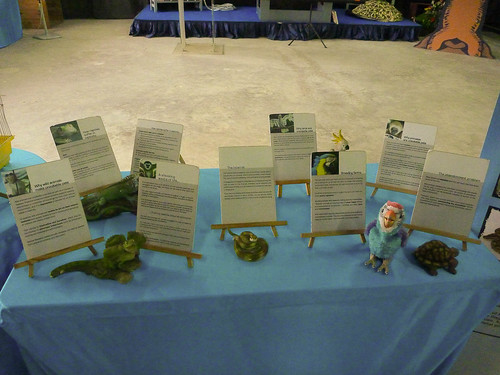
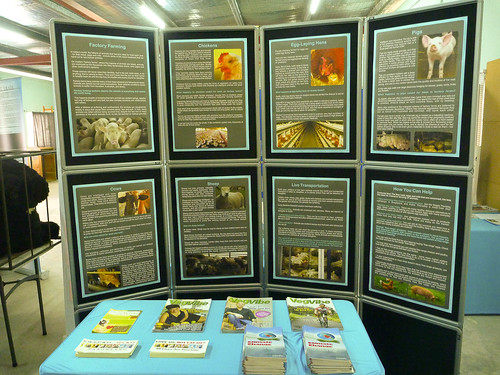
And it's not just wildlife; domestic animals are also worthy of our compassion and kindness. ACRES advocates reducing our consumption of meat, but unlike other animal welfare organisations, this doesn't dominate its advocacy and outreach work.
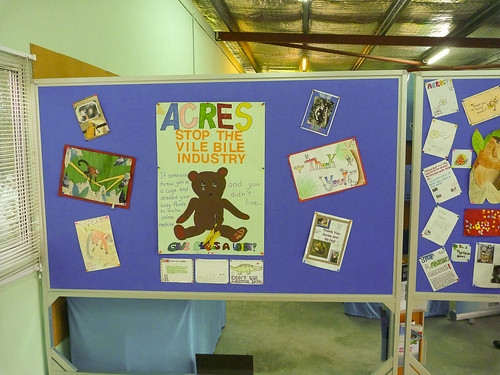
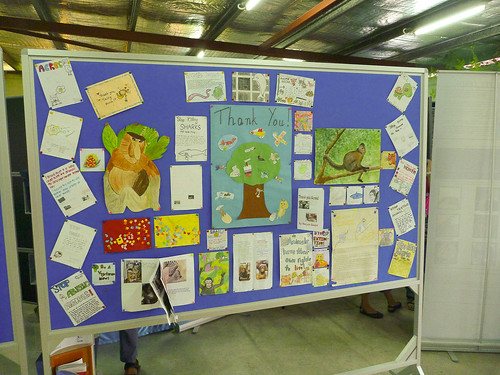
The students who visit the Rescue Centre share their own artwork and declarations to do their part for animal welfare.

Some students also made these storyboards, telling the tales of Midori the green iguana (Iguana iguana) and Spongebob the star tortoise, both of whom were illegal pets that were abandoned, and then subsequently rescued by ACRES.
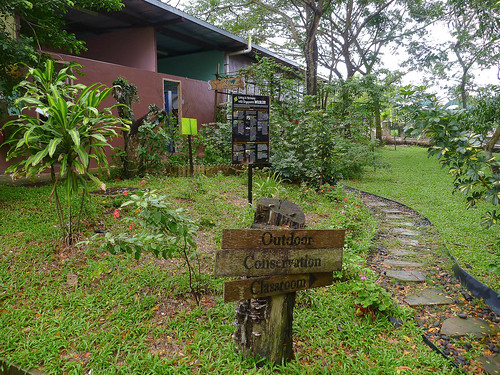
The Outdoor Conservation Classroom teaches students about some of our native wildlife. Models of animals hidden among the vegetation and information panels help educate people about various issues and threats faced, from poaching and habitat loss to human-wildlife conflict.
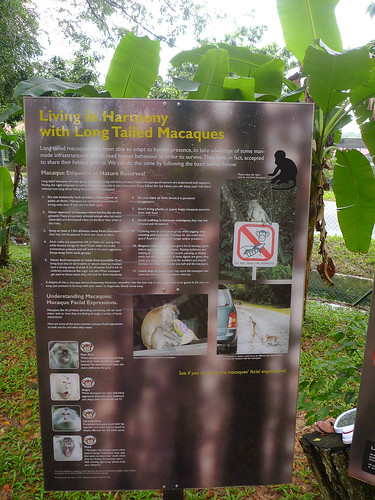
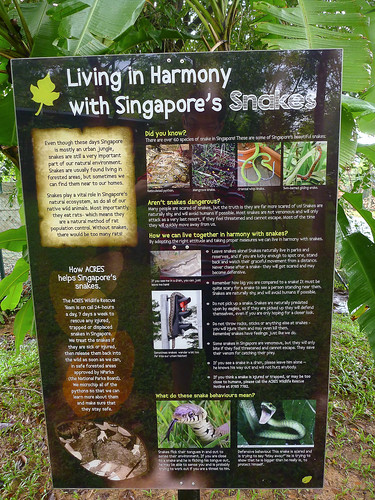
Here are some of the animals featured:
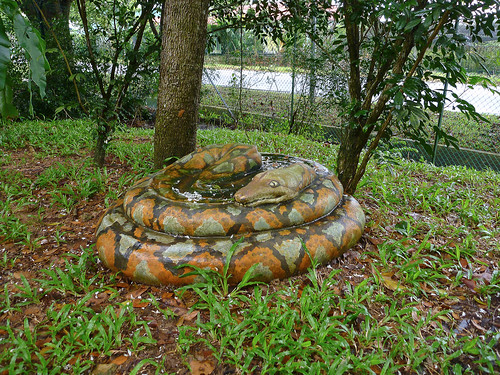


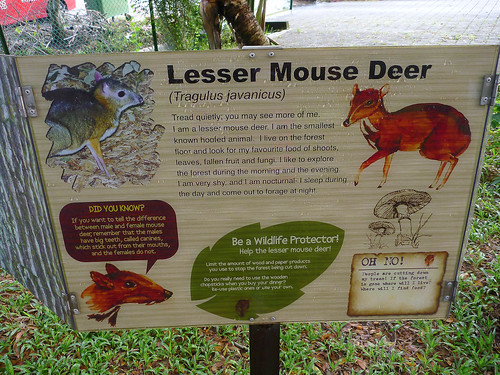
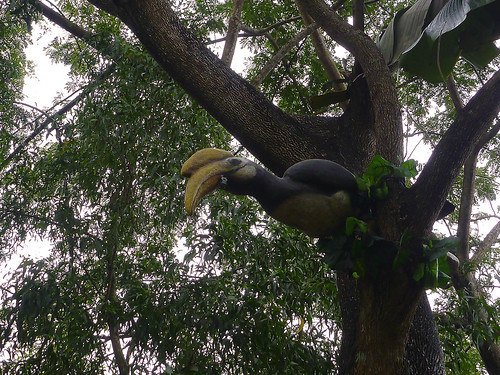

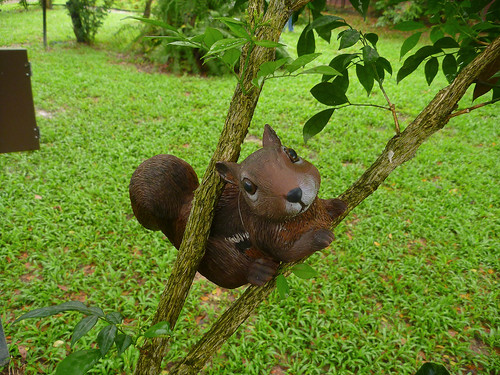
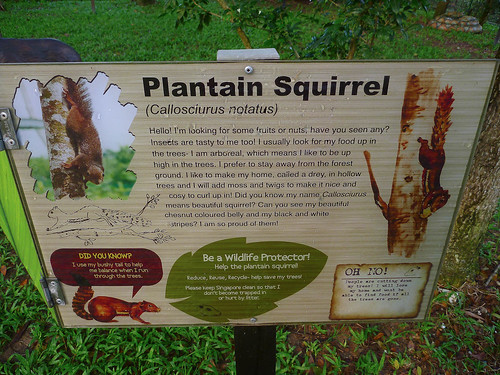
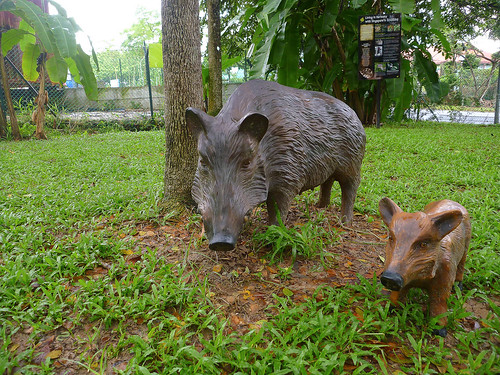
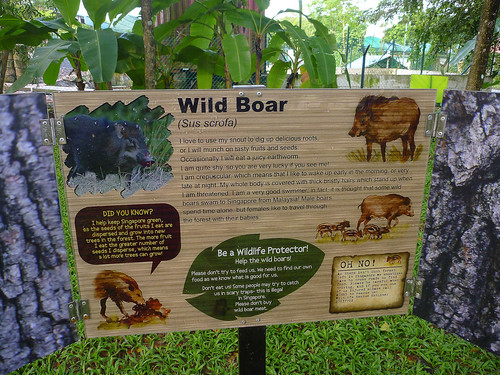
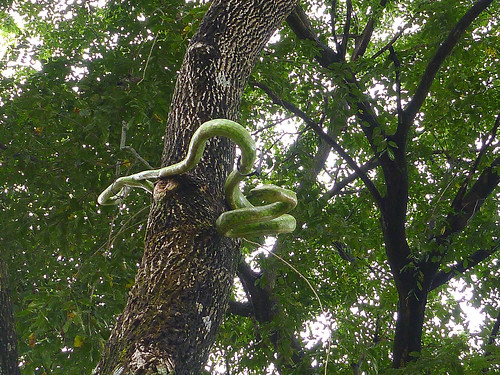
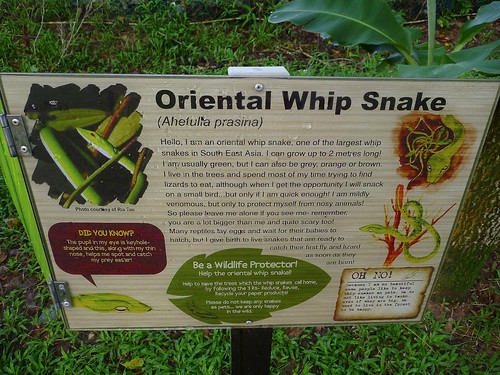
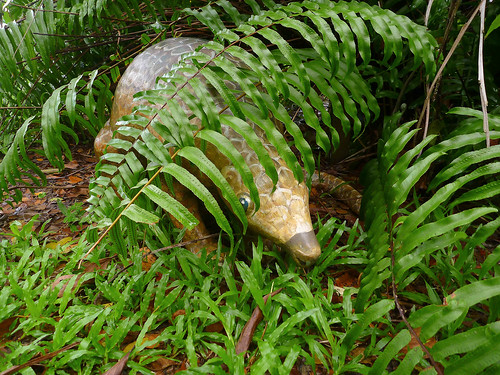
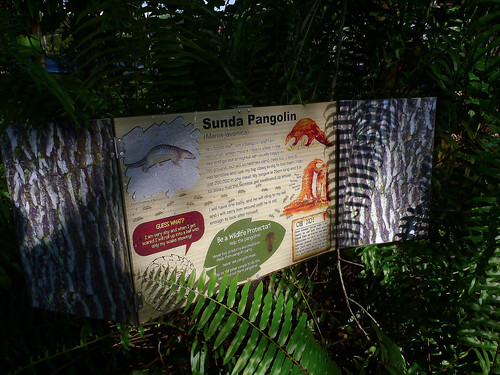
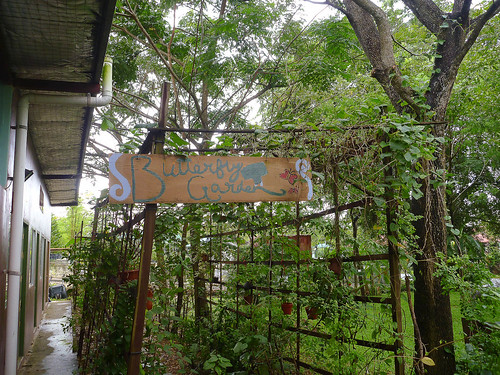
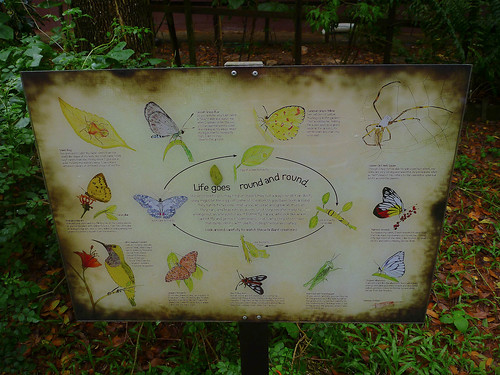
There is also a small butterfly garden. It had just rained so unfortunately, there weren't any butterflies for me to chase and photograph.
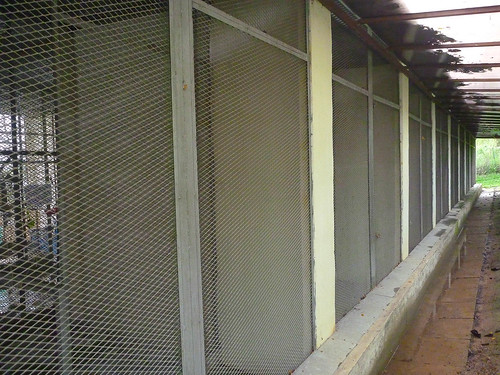
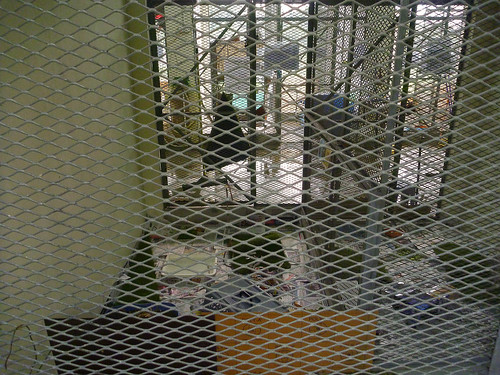
We were brought behind the scenes to look at where the rescued animals were housed. These are mostly exotic reptiles that were surrendered, confiscated, or rescued after being abandoned.
The Wildlife Rescue Centre is already close to its current maximum capacity, but ideally, it would have a lot more room to take in more animals. That's because of the woes surrounding the wrongdoings of the contractor initially engaged in the construction of the Wildlife Rescue Centre. As Louis shared with us, the contractor carried out improper practices when preparing the land allocated for the Wildlife Rescue Centre; the land was filled with woodchips that rotted and contaminated the soil and polluted the groundwater. As a result, the 62 animal enclosures that had already been erected had to be demolished, and the backfill material removed. Despite pleading guilty to the charges, the contractor vanished, and whether he can be found and brought to justice remains to be seen. At the moment, the plot of land remains unused, while ACRES hopes that it can be opened up again eventually for the original plans for the Rescue Centre to come to fruition.
Still, the enclosures are roomy and relatively spacious, and enrichment is provided for the iguanas and tortoises. The iguanas get heat lamps to bask and branches for them to climb, while the star tortoises have lots of artificial caves and hiding places.
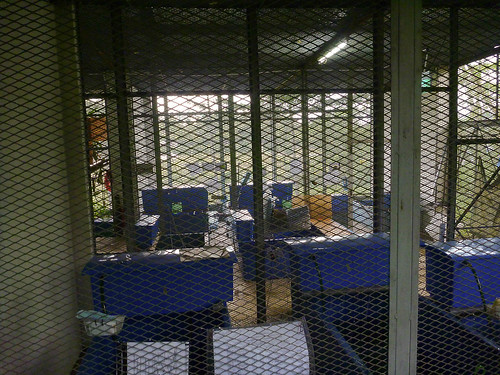
These are tanks for all sorts of aquatic turtles like common snapping turtles (Chelydra serpentina) and pig-nosed softshell turtles (Carettochelys insculpta), also rescued illegal pets. Others, like Chinese softshell turtles (Pelodiscus sinensis), are bought from markets and released into the wild by well-meaning but misguided people who don't realise the potential for ecological damage from non-native species.
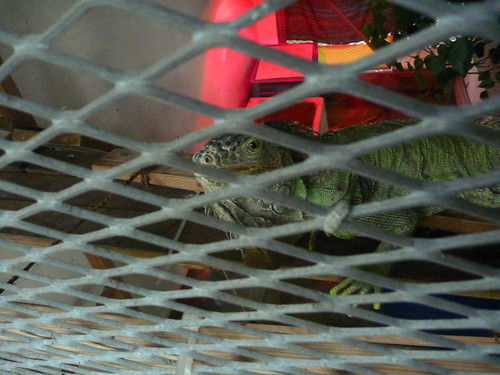
We didn't have a lot of time to watch the animals (after all, this isn't a zoo), but at least I managed to get a shot of this green iguana that was close to the wire mesh.
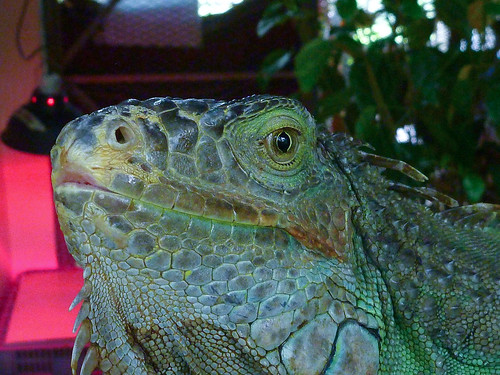
We were able to interact with some of the other inhabitants of the Wildlife Rescue Centre though. Like most other rural corners of Singapore, free-roaming dogs are a common sight in the Sungei Tengah area. Some of these are adopted for a while by others living or working in the area then abandoned, and ACRES has taken in dogs dumped at its front gate before. Still, it is hoped that some of these dogs can find new homes.
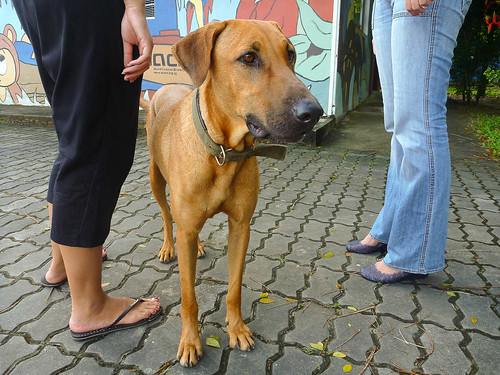
This is Charlie, the friendliest of the dogs.
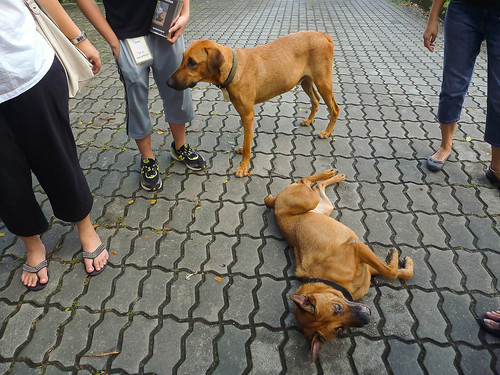

Here's are more photos of Charlie, with Scrappy rolling on his back.
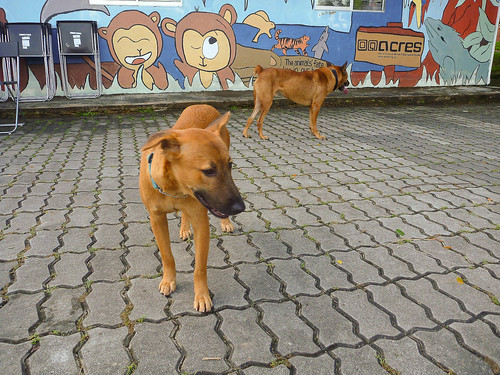
Scrappy is in the background of this photo, while the dog in the foreground is Mocha, who is still quite jumpy and temperamental, and has moments of aggression when she thinks she's threatened. There were other dogs like Brownie and Sunshine, but I didn't take photos of them.
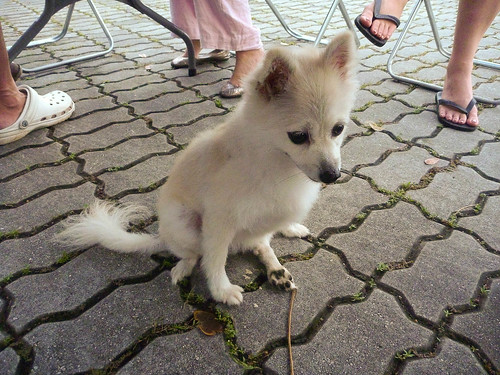
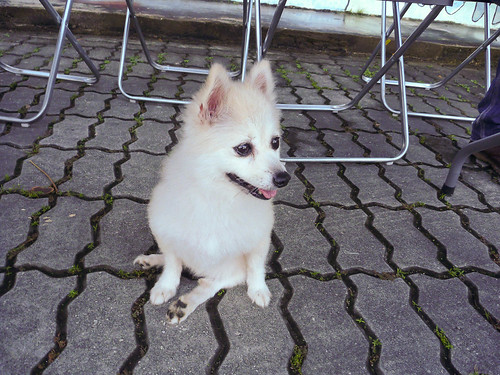
And here's another look at Penni, who actually lives with Louis and his wife Amy, but follows them to work due to separation anxiety.
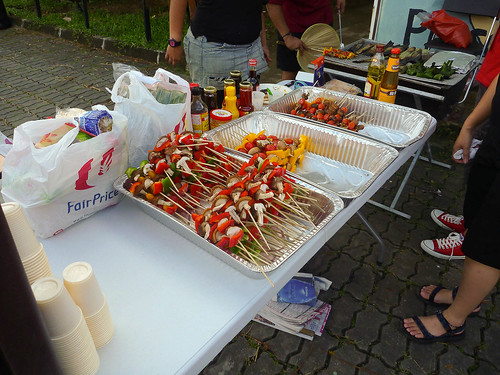

Time to eat! The get-together took the form of a barbecue, with a variety of vegan food being prepared and served. As a dedicated omnivore, I have to say that I liked what was offered, and I can safely say that the personal biases that I once held against vegetarian food have been dispelled.
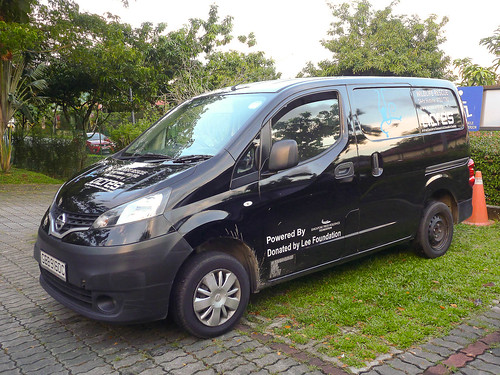
The Wildlife Rescue team was out attending to calls when we started, but returned just in time to join us for dinner.
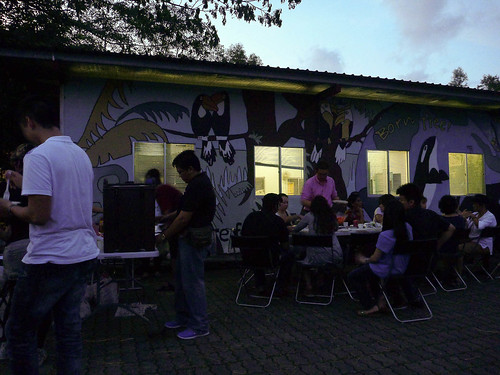
All in all, it was a pleasant evening, where I finally got to visit the Wildlife Rescue Centre, learnt how my support for ACRES went towards improving animal welfare efforts in Singapore, relaxed and had a nice chit-chat with some of my friends in this organisation.
Nice way to end my week.